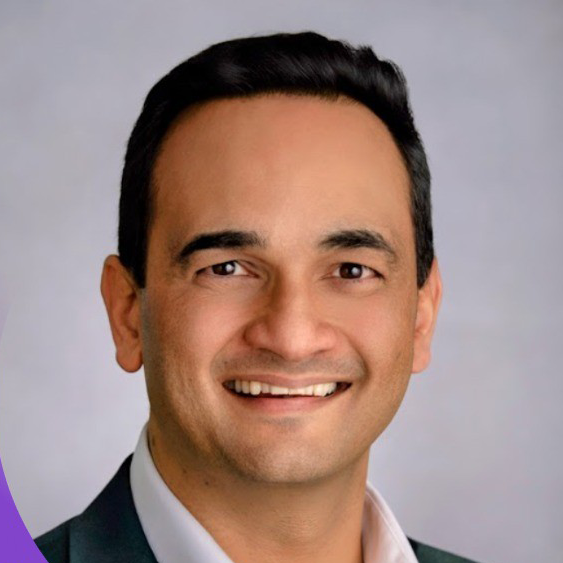
Key Points
- Webster Bank CIO Vikram Nafde joined CIO News to discuss the importance of integrating AI with business goals, rather than treating it as a standalone strategy.
- According to Vikram, the shift towards Agentic AI is a chance to transform the organization, and it falls to the CIO to showcase the "art of the possible" for others.
- Vikram advised using a "three-legged stool" framework for AI risk management: governance, business use cases, and technology.
In the rush to adopt AI, many enterprises fall into a familiar trap: launching dozens of disconnected technology pilots that exist in a vacuum, separate from the company's real mission. These scattered experiments generate plenty of buzz, but little actual value, leaving leaders wondering why their AI investments aren't moving the needle on core business goals. The problem isn't a lack of technology; it's a lack of integration.
CIO News interviewed Webster Bank Chief Information Officer Vikram Nafde, who took over as CIO in early 2022 at the time of Webster's high-profile "merger of equals" with Sterling Bank. A part of the Wall Street Journal CIO Network and CNBC Technology Executive Council, Nafde outlined his blueprint for transforming AI from a collection of siloed projects into a disciplined engine for growth.
- AI is a lever, not a strategy: For Nafde, the solution begins with a philosophical shift that rejects the very premise of technology-led experiments. He insisted that technology cannot lead; it must serve. "I don't believe in independent technology strategies that stand on their own, disconnected from the enterprise strategy. Technology in general is a lever for business objectives and goals, and AI falls in the same bucket."
- The art of the possible: Nafde sees his role as a proactive partner that can guide his fellow executive leaders through the junction point where tech meets outcomes. "As a CIO, I need to lead the charge and show my team 'the art of the possible'. It's my job to show others what any new technology could mean for business goals and outcomes in a way they understand and can act on."
The goal is to enhance the core fundamentals of banking, and not to allow technical advancements rewrite the narrative to fit mainstream and public market discourse.
- Core goals, fast-tracked by AI: "Our AI strategy is absolutely an extension of our business growth strategy. The question is still, 'How do we serve our customers and clients in the way they want to be served?', which often means fully digitally and omnichannel, and 'How do we continue to invest in our communities and make them stronger?'. All of those goals have been core goals at Webster Bank, and I think AI has an opportunity to significantly fast-track them," Nafde said.

This integrated mindset is more critical than ever, as the era of unchecked experimentation gives way to financial scrutiny. "2025 is when the CFOs are asking the questions: 'What is exactly coming out of AI? What are the true metrics?'" Nafde noted. "Clearly the technology curve is going hockey-stick upwards. But if the CFOs wants to spend hockey-stick upwards on this technology, we need to know where the hockey-stick returns are coming from."
With the "why" firmly established, Nafde moved to his preferred framework for execution. He employs a "three-legged stool" of governance, business use cases, and technology that puts risk management front and center. It's not just about compliance; but survival in an environment where AI has intensified what he called the cybersecurity "cat-and-mouse game". As both defenders and attackers gain access to the same powerful tools, Nafde noted that boards have become adamant about strengthening defenses.
Limiting reach: One clear example is a strategic choice to limit AI's reach. "We have a clear internal strategy where we are applying AI to colleague-facing work only," he said. "We're going at it in a measured pace to improve the lives of our colleagues, who can then help our customers and clients in a much better way."
The agentic payoff: Nafde said the ultimate rewards live in the evolution toward Agentic AI. He framed this not as another software tool, but as a paradigm shift, saying, "Agentic AI is the main conversation now, and leaders are ready to start thinking about workforces in a different way. We are looking at AI capabilities not just as point solutions like software, but more as really capable entities that we can embed in the overall organization."
Nafde concluded that navigating the new agentic frontier depends less on a perfect org chart and more on a culture of unified leadership. "Regardless of the HR or structure-based hierarchy, what is truly more important is how people with responsibilities around AI are communicating and coming together. Everyone is facing a similar set of challenges, and it only makes sense to collectively solve some of these problems, while the full script is still unwritten."
.svg)

.webp)



